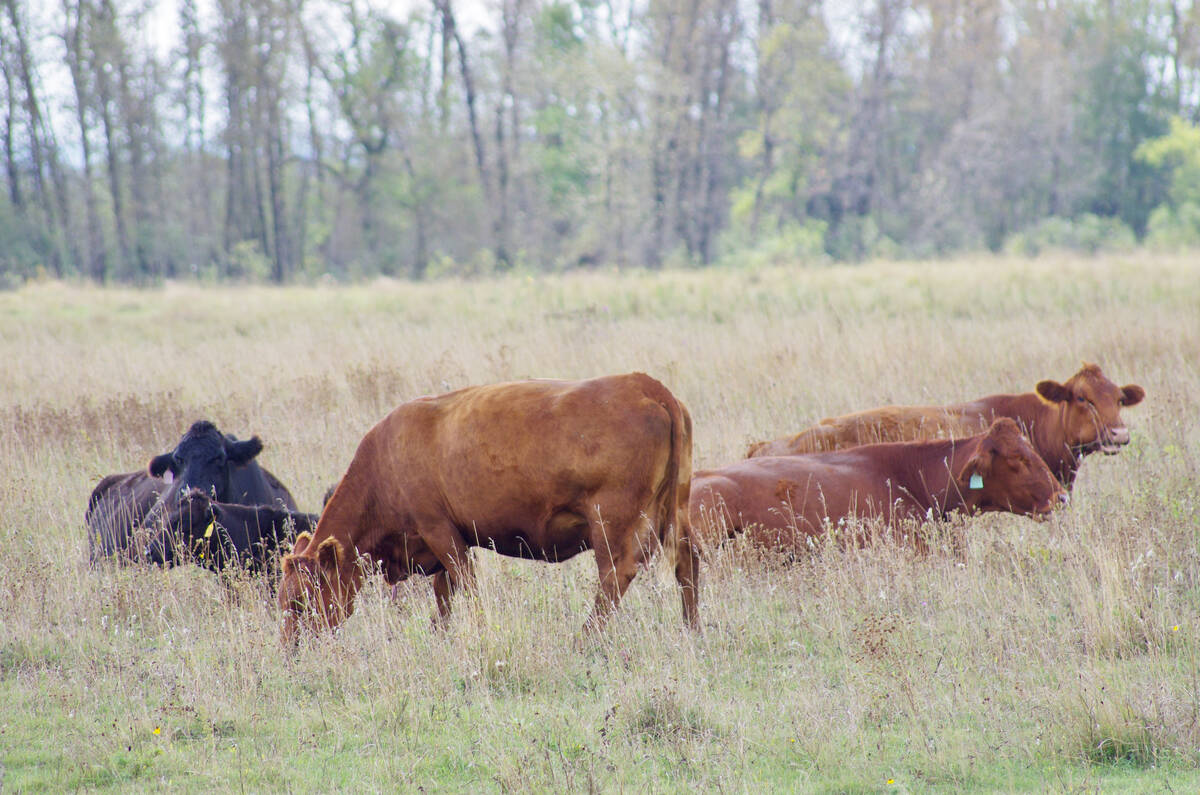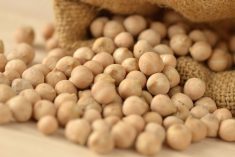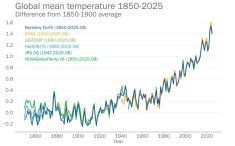MarketsFarm — Canadian pulse markets could see a ‘radical shift’ in the current crop year as drought conditions led to sharp reductions in pea and lentil production.
Statistics Canada’s September principal field crop estimates, released Tuesday, and the previous report on Aug. 30 were determined by yield models using satellite imagery. MarketsFarm Pro analyst Mike Jubinville said despite the short period between the reports, there can still be differing production numbers.
Read Also

U.S. livestock: ‘Relentless’ fund selling knocks down CME cattle futures
Chicago | Reuters – U.S. cattle futures fell further at the Chicago Mercantile Exchange on Thursday under pressure from fund…
“It’s a case of taking a snapshot in time in each of those reports,” he said. “Even the next couple of weeks of hot and dry conditions that extended into the first half of August certainly gave a greater reflection as to the difficulties these crops have been struggling through.”
The report also cited that overall plant health measured by the Crop Condition Assessment Program (CCAP) decreased further in August and Normalized Difference Vegetation Index (NDVI) curves indicated that crops in Western Canada reached peak health up to four weeks earlier than normal.
During the 2021-22 crop year, Canada produced 1.8 million tonnes of lentils, according to the latest report. This represents a nine per cent decline from the 1.979 million tonnes reported in the August estimates and a 37.2 per cent drop from the 2.868 million tonnes produced from the previous year.
Chickpea production was revised slightly upward, with 64,000 tonnes produced in Canada according to the September estimates, compared to 63,000 in the August report. However, the latest estimate is still 70.2 per cent less than the 214,000 tonnes produced in 2020-21.
Soybean production was projected by Statistics Canada to be 5.886 million tonnes, only a 1.1 per cent increase from the 5.823 million measured in August. Production for the crop only declined 7.4 per cent from the previous year.
Dry pea production was measured at 2.527 million tonnes, down 3.8 per cent from the 2.627 million in the August estimates and a 45 per cent drop from the 4.594 million tonnes in 2020-21.
Jubinville said Canada’s pulses are in a “small supply year” and with demand from international buyers still going strong, the task of Canadian pulse producers satisfying that demand will be even more difficult.
“I think the pea industry is going through a radical shift for this marketing year with its limited supply that is basically going to be confined to the food industry,” he said.
“We’re not going to have the supplies to satisfy the feed sector this year and certainly the prices are a great impediment for Chinese buyers to use (peas) as feed this year.”
While this month’s estimates remain indicators of the direction crop production is going, Jubinville believes survey-based estimates are more accurate than those derived from satellite imagery, as they provide information from ground level.
For the survey-based December estimates, he thinks crop production numbers will be even lower.
“This is a pretty big cut, I think, (Statistics Canada) did on a number of commodities in this particular report. But I have a feeling we haven’t established a low point on these yet.”
— Adam Peleshaty reports for MarketsFarm from Stonewall, Man.
















